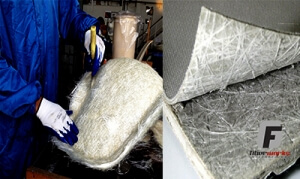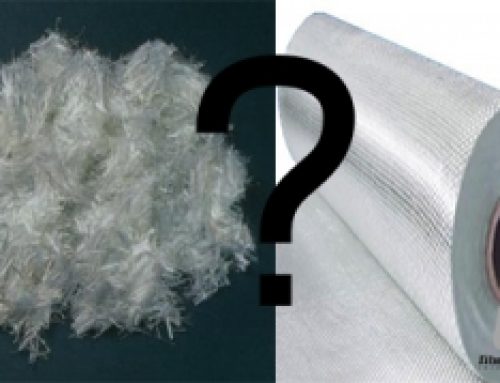A Refresher: How is Fiberglass Made?
Fiberglass comes from an assortment of processed chemicals and natural inorganic substances. Its main elements include limestone, silica minerals (composed of oxygen and silicon), and soda ash or sodium carbonate. Silica sand comprises the oxide that promptly forms the glass while sodium carbonate with limestone reduce melting temperature.
Borax is added to increase resistance against chemicals. Glass waste, on the other hand, is used as raw material. Unprocessed ingredients are weighed in specific quantities and blended prior to being melted into glass. This procedure is described as “batching.”
The Convoluted System
Manufacturing is quite complicated. But, it is also exciting. The batch that is ready is melted in an incinerator either by coal or natural glass, electricity or combination of these two fuels. Temperature is regulated so there is constant flow of glass. Liquefied glass should be maintained at a high level of temperature (1371 degrees centigrade) to turn into fiber.
For long and unbroken fibers, production is done through the so-called continued filament procedure. Numerous fiber strands are caught by a high-speed mechanical winding machine that revolves roughly three kilometers per minute. This is faster compared to rate of flow from metal bushings. The pressure extracts the filaments while still liquefied which forms strands a portion of the breadth of apertures in the linings. The chemical adhesive prevents fibers from breaking or splitting.
The rotary or spinning process is utilized to fabricate glass wool. Dissolved glass from the incinerator goes to the barrel-shaped container with small holes. Streams of glass are emitted from the openings as the kettle rotates rapidly. Molten streams are transformed into fibers due to the descending waft of air or hot gas or combination of the two. Fibers drop into the conveyor belt and interweave with each other in a hairy mass. This may be used for insulation or compressed into the preferred thickness before being treated in an oven. The end product could be a partially inflexible board.
Coats are needed for fiberglass products. Most manufacturers opt for lubricants to reduce scratching of fibers. Or, these may be sprayed on the fiber or included in the binder. Fiberglass materials come in multiple shapes which are carried out using a number of procedures.
Manufacturers generally perform sampling of materials during fabrication of fiberglass insulation in separate plants to preserve quality. Locations consist of the following:
- Mixed batching
- Liquefied glass coming from the busing
- Glass fibers that come out from the Fiberizer equipment
- Final cured product that emerges from the edge of the production line
Various standardized tests are employed to determine or calculate, modify or adjust, and optimize product resistance, absorption of sound, and sound barrier capacity. A related method is adopted for control of thermal properties.
What’s next?
The industry remains confronted by a variety of challenges. This is expected to continue which means improvements must be sustained for betterment of the fiberglass product. Manufacturers should work together in this effort as market demand increases worldwide.





Leave A Comment